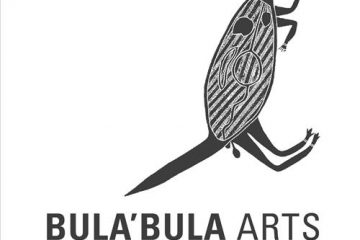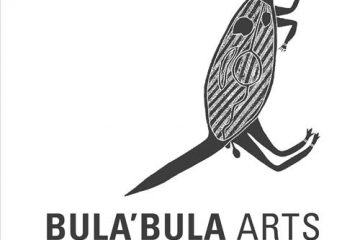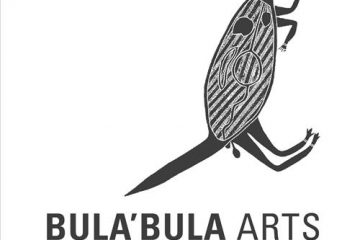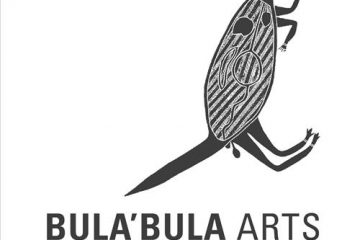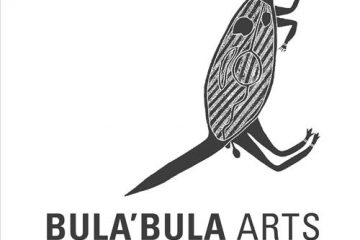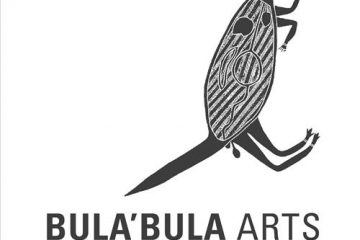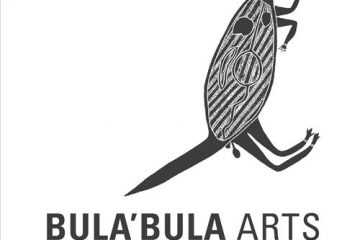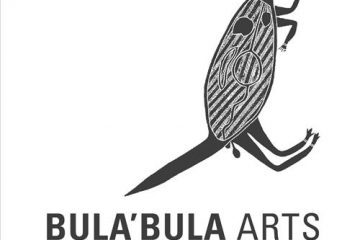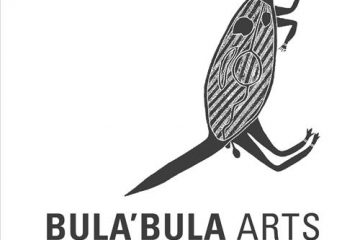Bula'bula Arts
115682285196
Raypiny Dhawu (Fresh Water Story) All Aboriginal people originate from a spiritual source, fixed in a particular place in their land or the sea. These ‘spiritual reservoirs’ are often in the form of special waterholes made by Wangarr (creative spirits) that were created long ago close to the beginning of Read more…

